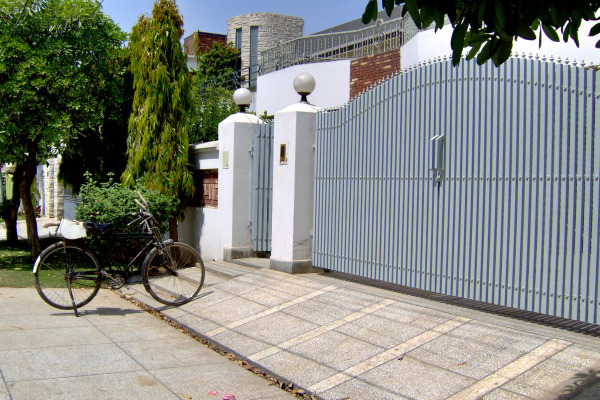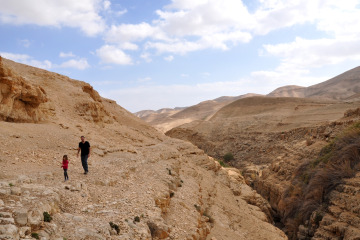
My house in hell, according to Foreign Policy, Feature Photo: Coty Coleman, Photo: author
The phrase “failed state” quickly became part of my vocabulary when I first moved to Pakistan. Western media outlets continually ran stories about the danger of Pakistan becoming a failed state and questioned so-called experts about what might happen if the country’s nuclear weapons got into the hands of the fanatics. The Economist named Pakistan the “most dangerous nation in the world,” and recently Pakistan ranked #10 on the Failed States Index published at Foreign Policy.


